The Croton Magnificent is a beautiful, tropical plant that can add a touch of the exotic to any home. With its brightly colored leaves, it is sure to be a conversation starter! But before you rush out to buy one, there are some things you should know about this plant. In this guide, we will answer some of the most common questions about the Croton Magnificent, such as how to care for it and how to propagate it. Additional tips to help you keep your plant looking its best will also be provided. Discover all there is to know about the Croton Magnificent!
All about the Croton Magnificent plant
Origins, history, height, and leaves
The Croton Magnificent is a bushy, evergreen shrub that can grow up to 15 feet tall and wide. It’s native to Malaysia, Indonesia, and the Philippines.
They are large, leathery, and ovate-shaped with various shades of green, yellow, orange, and red. [1] New growth is often brighter in color than older leaves. In the right conditions, this plant can bloom small, yellow flowers. The fruits are orange-red berries that contain seeds.Other notable varieties of Croton
While the Croton Magnificent is certainly one of the most beautiful members of its family, it is by no means the only stunning variety of Croton out there. Other popular cultivars include:
- `Croton Petra`: A compact plant that features dark green leaves with pink and white veins running through them.
- `Croton Mammy’: This dwarf variety has deep red and orange leaves, making it a perfect addition to any fall garden. [2]
- `Croton zonatus`: A vining type of Croton with bright yellow leaves that are edged in green.
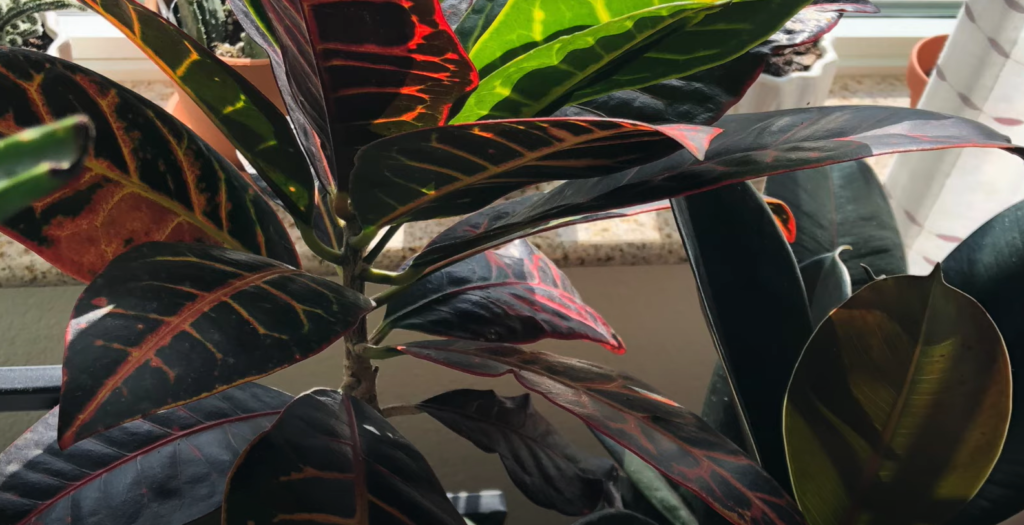 Regardless of which cultivar you choose, you can be sure that you’re getting a plant that is not only easy to care for, but also breathtakingly beautiful.
Regardless of which cultivar you choose, you can be sure that you’re getting a plant that is not only easy to care for, but also breathtakingly beautiful.
Reasons for choosing the Croton Magnificent over other plants
If you’re looking for a plant that will add some serious flair to your home, the Croton Magnificent is definitely one to consider. With its large, glossy leaves and vibrant colors, it’s sure to make a statement in any space. But the Croton Magnificent isn’t just a pretty face – it’s also a hardy plant that’s relatively easy to care for.
One of the most common reasons why people choose the Croton Magnificent is its impressive foliage. The leaves of this plant can grow up to 18 inches long, and they are often variegated with shades of red and yellow.
Another reason to love the Croton Magnificent is that it’s a fairly low-maintenance plant. It doesn’t need to be watered very often, and it can tolerate periods of neglect. However, there are a few things you should keep in mind if you want your plant to stay healthy and happy.
First, make sure that you’re using a well-draining potting mix. The leaves of this plant are susceptible to rot, so it’s important to make sure that the roots don’t sit in water for too long. Second, give your Croton Magnificent bright, indirect light – too much sun will cause the leaves to scorch.
Croton Magnificent plant growth and care tips
Croton Magnificent plants are relatively easy to care for and will thrive in a variety of conditions.
Light, & Temperature
Croton Magnificent does best in bright, indirect sunlight. If you can provide 12 hours of light per day, that would be ideal. However, this plant can also tolerate lower light conditions as long as it’s not too dark.
Watering & Feeding
Croton Magnificent plants need to be watered regularly, especially during the warmer months. Keep the soil moist but not soggy at all times, and allow the top few inches of dirt to dry out in between waterings. These plants are heavy feeders and will benefit from being fertilized once a month during the spring and summer months with a balanced fertilizer. Be sure to follow the manufacturer’s instructions carefully as overwatering and overfeeding can lead to leaf drop. [3]
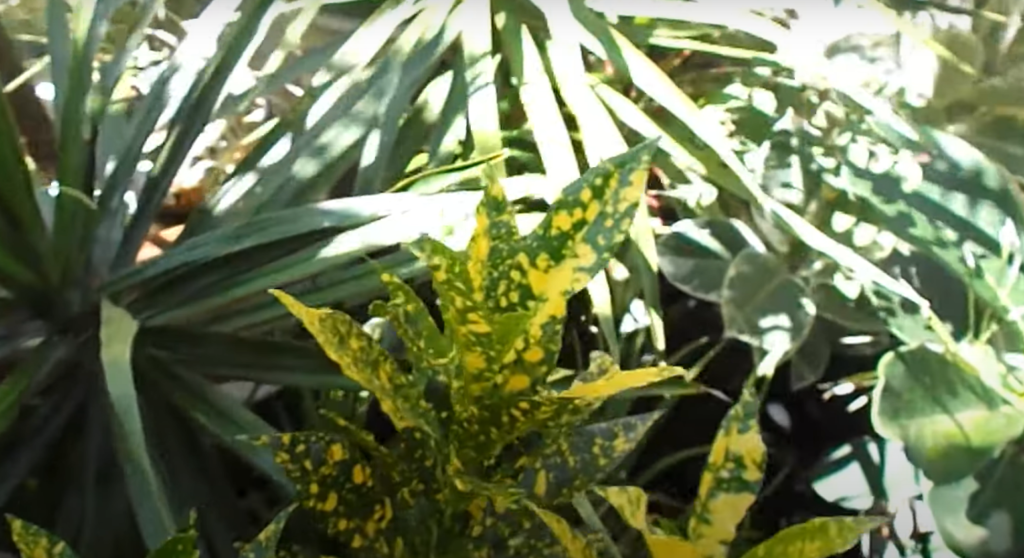
In colder weather, Croton Magnificent care becomes much easier. Watering can be reduced to once every week or two and feeding can be stopped altogether. If you live in an area with very cold winters, it’s best to bring your plant indoors or provide it with some type of frost protection. Croton Magnificient plants are tropical plants and will not survive temperatures below 50 degrees Fahrenheit. If you live in a colder climate, it’s best to grow your plant in a pot so that you can easily bring it indoors when the temperature starts to drop.
Water only when the ground is dry. Make sure to check the soil on a regular basis and only water when necessary. If you’re unsure, it’s better to err on the side of too little water rather than too much.
Soil & Humidity Requirements
Croton Magnificent prefers well-drained, nutrient-richsoil. They are also quite drought tolerant, so you won’t need to worry about watering them too often. However, they do enjoy high humidity levels and will thrive in a humid environment. If you live in a dry climate, you can create a more humid environment for your Croton Magnificent by placing it on a pebble tray or misting it regularly.
Grooming
While Croton Magnificent doesn’t require a lot of grooming, you should still deadhead any flowers that fade and prune back any leggy growth. This will help encourage new growth and keep your plant looking its best.
To deadhead, simply snip off the faded flower at the base with sharp scissors or pruning shears. To prune back leggy growth, cut the stem back to a healthy leaf node. You can do this a few times per year if needed.
Croton Magnificents are also known for their colorful leaves, which can fade in direct sunlight. If you notice the leaves starting to fade, simply move your plant to a location with indirect light or filtered light.
Transplanting
If you want to transplant your Croton Magnificent, do it in the spring. This will give the plant time to recover from any shock and get established in its new home before the hot summer weather hits. [4]
When transplanting, be sure to choose a spot that is well-drained and has plenty of sunlight. Croton Magnificent will not do well if it is constantly wet or in shade.
Once you have chosen a spot, dig a hole that is twice as wide as the root ball of your plant. Gently remove the plant from its current pot and loosen any roots that are tightly bound. Place the plant in the hole and fill it back in with soil, tamping it down lightly as you go. Water well to help settle the soil around the roots.Your Croton Magnificent should now be transplanted and ready to continue growing! Be sure to give it some extra TLC for the first few weeks after transplanting, including regular watering (but not too much!) And keeping an eye out for signs of stress such as wilting leaves.
How to propagate the Croton Magnificent plant
Stem Cutting
To propagate Croton Magnificent via stem cuttings, you’ll need to take a cutting from an existing plant. Make sure to use a sharp knife or shears to avoid damaging the stem. 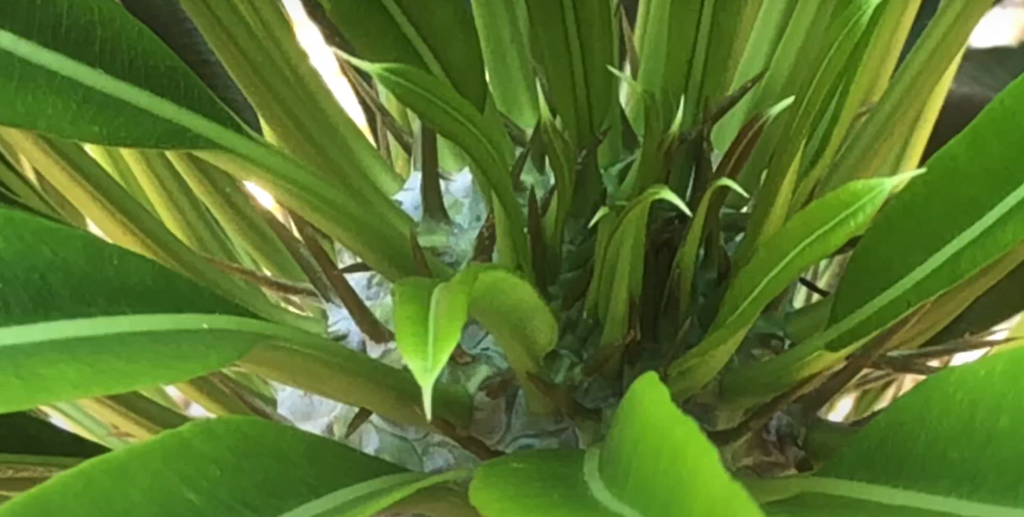 Cut just below a leaf node (the point on the stem where leaves are attached) and remove any leaves that will be below the waterline. You can either place the cutting in water or pot it up directly in moist soil. Place the cutting in a bright spot out of direct sunlight and keep an eye on it, watering as needed to keep the soil moist but not soggy. In time, roots will develop and new growth will appear.
Cut just below a leaf node (the point on the stem where leaves are attached) and remove any leaves that will be below the waterline. You can either place the cutting in water or pot it up directly in moist soil. Place the cutting in a bright spot out of direct sunlight and keep an eye on it, watering as needed to keep the soil moist but not soggy. In time, roots will develop and new growth will appear.
Air Layering
Air layering is a great way to propagate your Croton Magnificent. It’s a simple process that involves rooting a stem while it’s still attached to the plant. You’ll need to choose a healthy stem that’s at least six inches long. Cut the stem about halfway through, just below a leaf node. Wrap the cut area with sphagnum moss and then secure it with plastic wrap. Make sure the moss is moist but not wet, and make sure the plastic wrap is tight so that no air can get in.
The Croton Magnificent common pests/diseases
Croton Magnificent are susceptible to a few pests and diseases, the most common being scale, mealybugs, and aphids. These can be controlled with regular applications of insecticidal soap or horticultural oil. Other problems include root rot, leaf spot, and powdery mildew. These can usually be controlled with proper cultural practices such as watering in the morning so the leaves have time to dry out before nightfall.
Toxicity levels in Croton Magnificent
All parts of a Croton Magnificent plant are poisonous if ingested. The ASPCA (American Society for the Prevention of Cruelty to Animals) lists Crotons as toxic to both dogs and cats. Ingestion of even small amounts of the leaves can result in severe vomiting and diarrhea. [5]
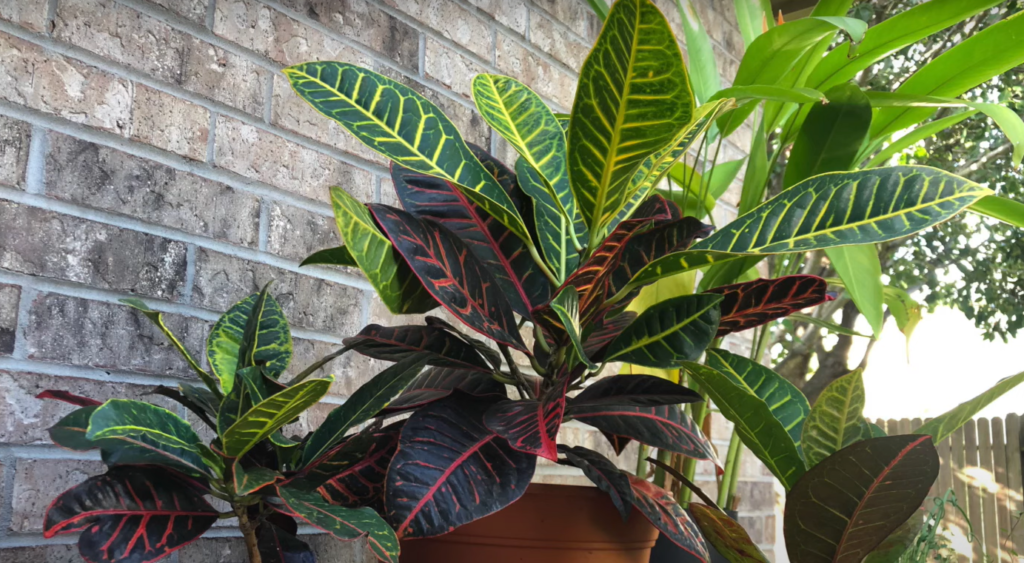
Symptoms of toxicity in humans include burning and irritation of the mouth and throat, abdominal pain, vomiting, and diarrhea. If you experience any of these symptoms after coming into contact with a Croton Magnificent plant, seek medical attention immediately.
While Croton Magnificent plants are not the most toxic plants out there, it’s still important to take precautions if you have pets or small children in your home.
The Croton Magnificent: perks & uses
Croton Magnificent plants are typically used as indoor houseplants but can also be used outdoors as long as they are brought indoors before temperatures drop below 50 degrees Fahrenheit. They make great additions to offices, living rooms, bedrooms – really any space that could use a little life. Not only are they beautiful, but they can also help purify the air.
FAQ
Can you propagate a croton from a leaf?
Yes! Crotons are easy to propagate from stem or leaf cuttings. If you’re using a leaf, look for one that has a petiole (leaf stalk) attached. Cut the petiole off at an angle just below where it attaches to the main stem of the plant. Stick the cutting into moistened potting mix, and it should start to grow roots within a few weeks.
Can croton be propagated in water?
Yes, croton can be propagated in water. However, it is important to note that not all varieties of croton will thrive in this environment. Be sure to research the specific variety you have before attempting to propagate it in water.
What is the lifespan of a croton plant?
The lifespan of a croton plant can vary greatly depending on the growing conditions and care. Crotons are generally long-lived plants, with some specimens known to live for over 100 years! However, under less than ideal conditions, such as poor drainage or too little sunlight, crotons may only live for a few years.
With proper care, your croton plant can thrive for many years, bringing beauty and vibrant color to your home or garden!
Can Crotons take full sun?
Yes, Crotons can take full sun but they prefer partial sun or filtered light. If you live in an area with very hot summers, it’s best to provide some afternoon shade for your Croton.
Do croton leaves grow back?
The good news is that croton leaves do grow back! However, it can take some time for them to fully regrow. In the meantime, you can help promote growth by ensuring that your plant has enough light, water, and nutrients. Once the leaves start to regrow, you’ll see new growth appearing at the tips of the stems.
Why are my crotons not growing?
There can be a few reasons for this, but the most common one is that they are not getting enough light. Crotons need a lot of bright, direct sunlight in order to grow and thrive. If your croton is not getting enough light, it will likely have pale leaves and stunted growth.
Another reason why your croton might not be growing is that it is not getting enough water. Crotons need to be watered regularly, especially during the warmer months. Allow the soil to dry out slightly in between watering, and make sure that the pot has drainage holes so that the roots don’t become waterlogged.
Useful Video: CROTON CARE | Codiaeum Variegatum Care Tips & Tricks
Conclusion
As you can see, they are not difficult to take care of at all and make for a beautiful addition to any home. With a little bit of patience and proper care, your Croton Magnificent will thrive and bring you years of enjoyment! Thanks for reading!
References:
- https://www.dispatch.com/story/lifestyle/2020/10/25/plant-primer-croton-magnificent/5993586002/
- https://www.petalrepublic.com/best-types-of-croton-plants/
- https://www.gardenloversclub.com/houseplants/croton/growing-croton-plants/
- https://www.thespruce.com/grow-codiaeum-variegatum-1902750
- https://plantcaretoday.com/croton-plant-poisonous.html



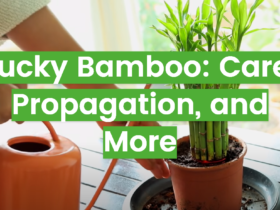
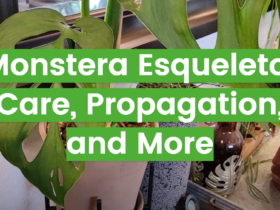
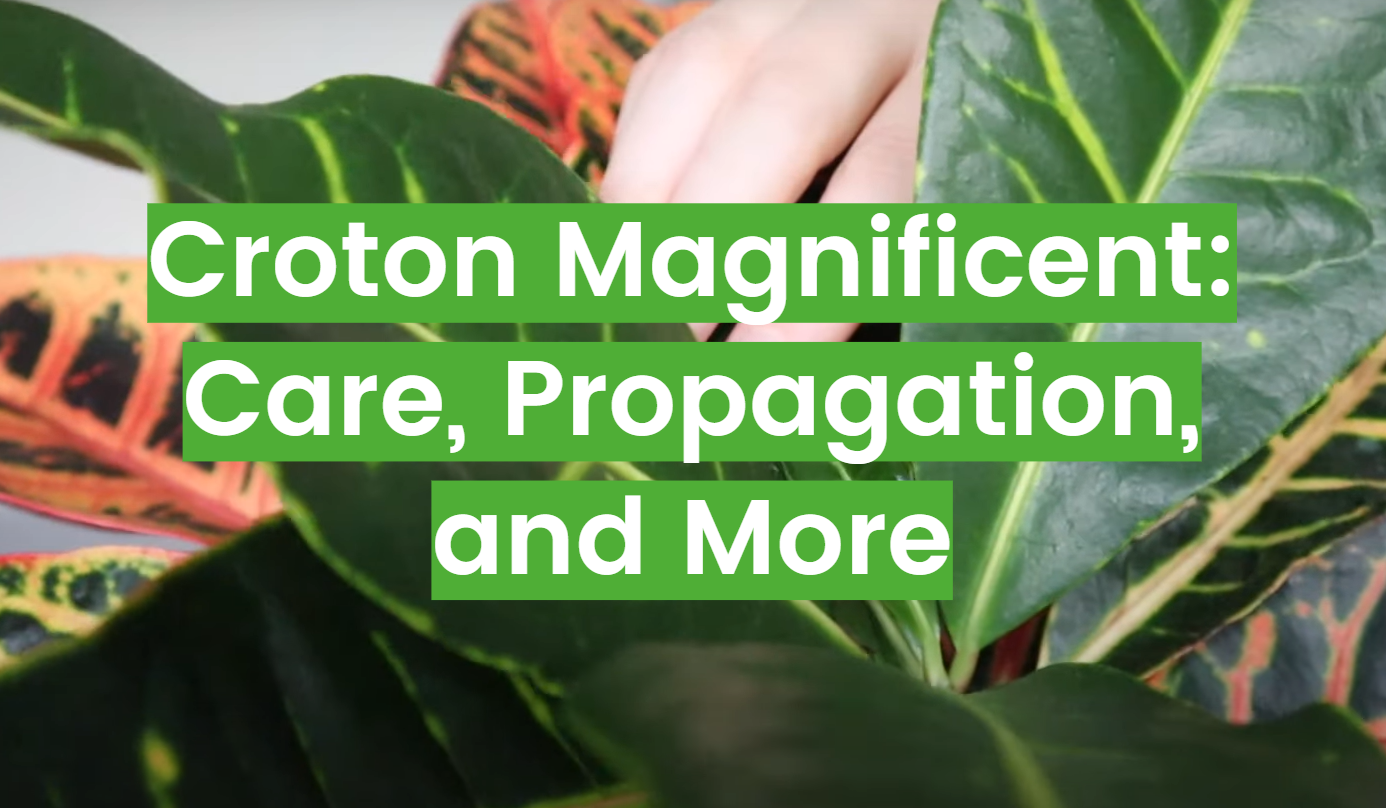

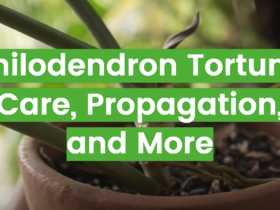

Leave a Review